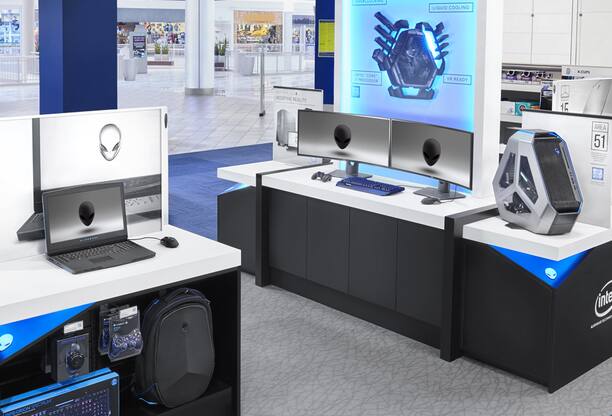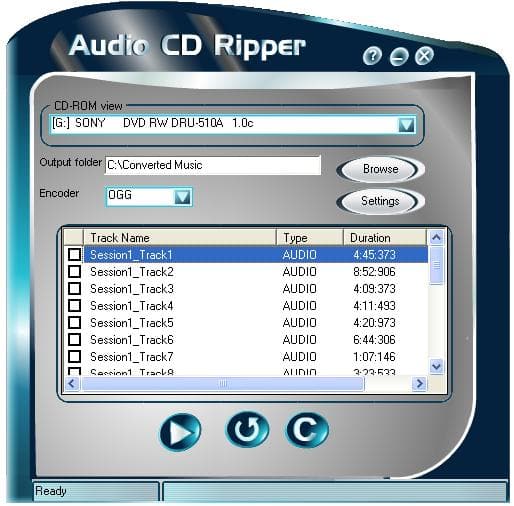The system automatically creates the interactive window station. When an interactive user logs on, the system associates the interactive window station with the user logon session. The system also creates the default input desktop for the interactive window station (Winsta0default). Processes started by the logged-on user are associated with the Winsta0default desktop.
A process can use the CreateWindowStation function to create a new window station, and the CreateDesktop or CreateDesktopEx function to create a new desktop. The number of desktops that can be created is limited by the size of the system desktop heap. For more information, see CreateDesktop.
The desktops associated with the interactive window station, Winsta0, can be made to display a user interface and receive user input, but only one of these desktops at a time is active. This active desktop, also known as the input desktop, is the one that is currently visible to the user and that receives user input. HP Desktop reviews, ratings, and prices at CNET. Find the HP Desktop that is right for you.
When a noninteractive process such as a service application attempts to connect to a window station and no window station exists for the process logon session, the system attempts to create a window station and desktop for the session. The name of the created window station is based on the logon session identifier, and the desktop is named default, as described here:
- If a service is running in the security context of the LocalSystem account but does not include the SERVICE_INTERACTIVE_PROCESS attribute, it uses the following window station and desktop: Service-0x0-3e7$default. This window station is not interactive, so the service cannot display a user interface. In addition, processes created by the service cannot display a user interface.
- If the service is running in the security context of a user account, the name of the window station is based on the user SID Service-0xZ1-Z2$, where Z1 is the high part of the logon SID and Z2 is the low part of the logon SID. Because a SID is unique to the logon session, two services running in the same security context receive unique window stations. These window stations are not interactive.
The discretionary access control list (DACL) for the window station and desktop includes the following access rights for the service's user account:

Window Station:
- WINSTA_ACCESSCLIPBOARD WINSTA_ACCESSGLOBALATOMS WINSTA_CREATEDESKTOP WINSTA_EXITWINDOWS WINSTA_READATTRIBUTES STANDARD_RIGHTS_REQUIRED


Desktop:
- DESKTOP_CREATEMENU DESKTOP_CREATEWINDOW DESKTOP_ENUMERATE DESKTOP_HOOKCONTROL DESKTOP_READOBJECTS DESKTOP_WRITEOBJECTS STANDARD_RIGHTS_REQUIRED
If you are in the market for an outsourced IT support company for your small to medium enterprise (SME), then in your research you may have come across a number of terms you have likely heard before but aren’t quite sure of their exact meaning.
Below is a list of the most common terms used in the IT Service Industry pertaining to managed IT:
Pray what god says. Please keep in mind that not every service provider will use the words in the same way, so when given a quote, make sure you understand what is included.
Break-Fix is simply that, when something breaks, an independent IT Support company would be contracted to repair or replace it within an agreed time-frame. (The replacement part will likely not be included in the price of the service.) This service does not monitor, manage or maintain your systems, so when something breaks you will need to call your IT guy to get it fixed.
Help Desk is the central point of contact, (internal or external) to call when issues arise. Technicians would determine the cause of the problem and pass it on to the appropriate team.
Desktop Support deals with end users and office equipment, this service would include break-fix and limited technical guidance and support, usually offered remotely, to support and fix any software related issues on a users’ computer and the company’s networks, phones and printers.
IT Support is a broad term which refers to technical assistance in the planning, set-up and maintenance of hardware and software computer systems and networks more in server rooms rather than desktops.

Managed Service typically refers to the technical support of servers, load balancers, hosting, firewalls, etc; but really any service could be managed or fully managed, it just specifies the extent of the service you should expect to receive. Managed Service is a more proactive approach to IT support as your systems will be monitored and maintained remotely by your managed service provider. It is important to understand which service is managed and which is just break-fix is so there are no misunderstandings in the future. This is usually a hardware-only package and will likely not include routine jobs, like adding new users and desktop support unless it’s written into the contract.
Fully-Managed Service is the same as Managed Service, but would also include the day to day actions, such as adding new users, deleting old ones and changing passwords.
Alienware Technical Support
This is not an exhaustive list and only includes terms pertaining to outsourced IT support. If there are any terms that you feel we may have missed please let us know in the comments.
Please keep in mind that though these terms are accepted by the industry as a whole, there are some providers which may use them more loosely. When given a quote by an IT support or Managed Service Company be sure that you are fully aware of what services are included. Some companies have been known to offer a break-fix service whilst calling it a managed service. If the quoted price sounds too good to be true, it probably is.
Alienware Warranty Support
Further reading:
Alienware Support Download
Choosing a Managed Service Provider[/fusion_text]

